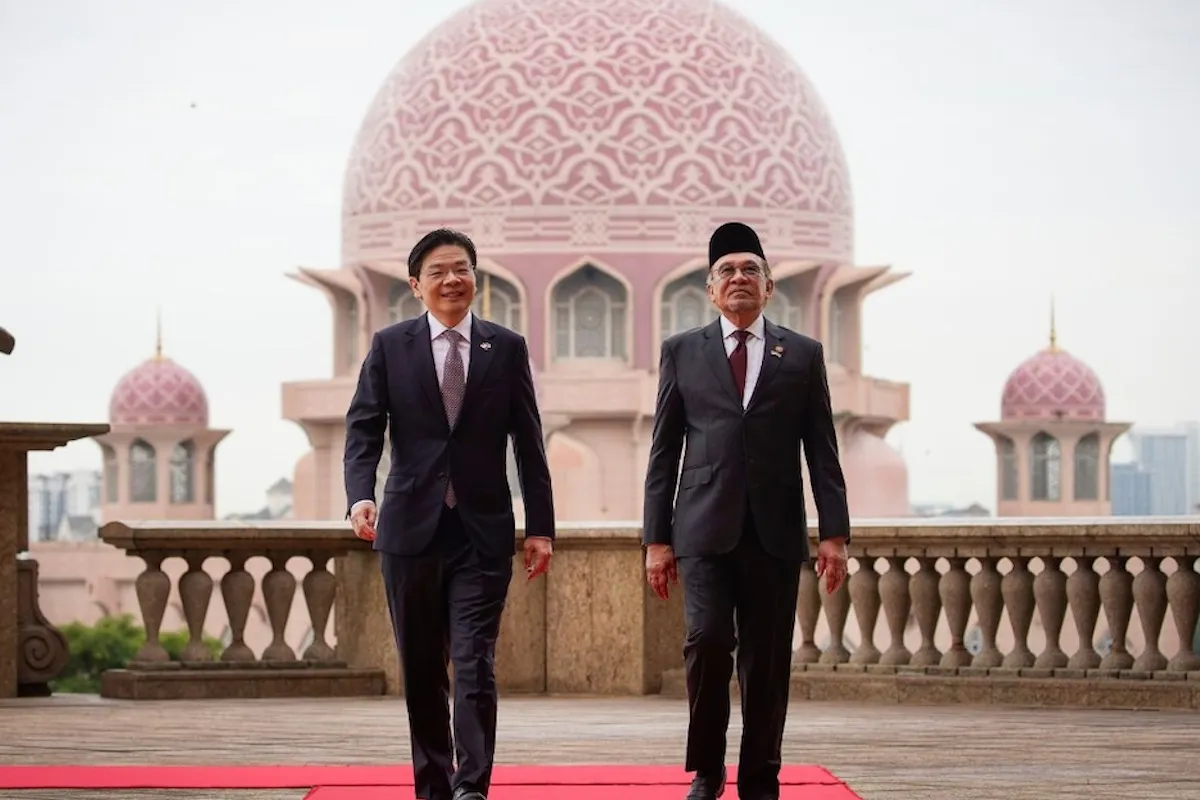Sixty years ago, Singapore’s separation from Malaysia marked the painful collapse of a bold political experiment.
What began as a union based on the promise of a shared future and a common market fell apart under the weight of irreconcilable political objectives and deepening communal tensions. For Singapore, the 1965 split was a jarring moment of reckoning, propelling the fledgling nation onto the path of independence as a small city-state.
This year, as Singapore celebrates its SG60 diamond jubilee, the Johor-Singapore Special Economic Zone (JS-SEZ) offers an opportunity to rekindle that partnership at a time when political-level bilateral ties are on notably solid footing.
Formalized at this week’s 2025 bilateral leaders’ retreat, the JS-SEZ represents a landmark collaboration, combining Singapore’s technological and financial expertise with Johor’s abundant land, labor and natural resources.
Spanning 3,571 square kilometers, or over four times the size of Singapore, the zone aims to reshape Southeast Asia’s economic landscape. Singapore will leverage its prowess in treasury and innovation, while Malaysia’s state of Johor will seek to capitalize on its strengths in production and resources.
The JS-SEZ arrives at a pivotal moment. Bilateral trade between the two nations reached US$78.59 billion from January to November 2024, a 6.7% increase over the same period in 2023. The JS-SEZ is expected to build on this momentum.
Malaysia has set ambitious JS-SEZ goals, projecting that by 2030 the zone will contribute $35.5 billion annually to its GDP – nearly 5% of its current economic output.
While Singapore’s GDP boost is a modest 0.2% over five years, the broader gains lie in strengthening ties with its closest neighbor, aligning strategic interests and enhancing its relevance in global trade and innovation.
Reference :

